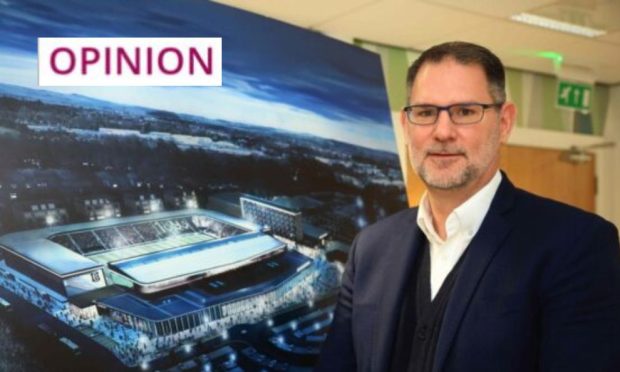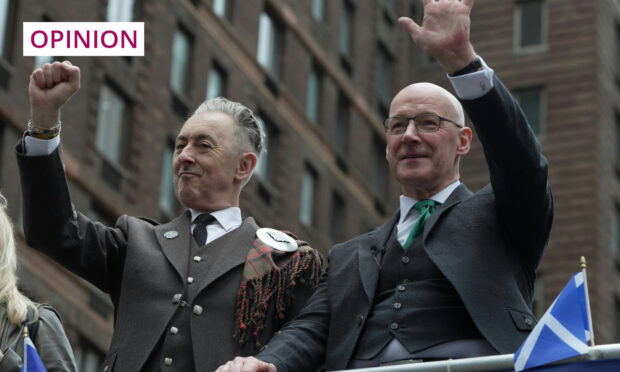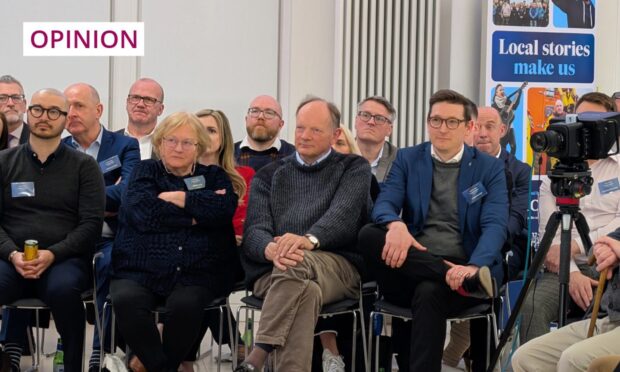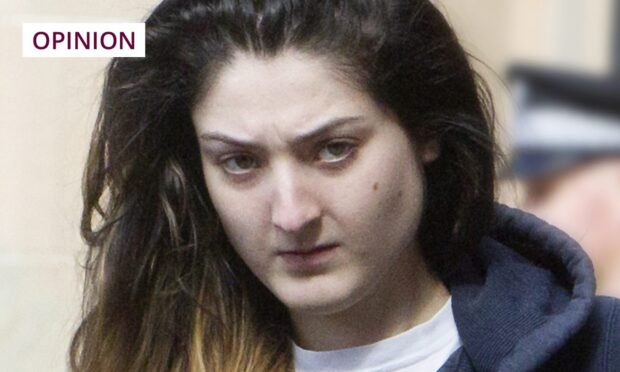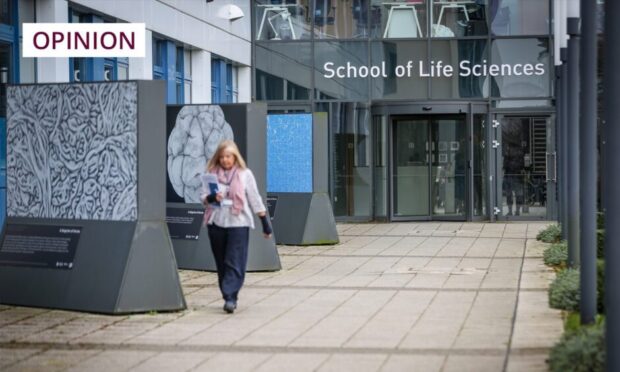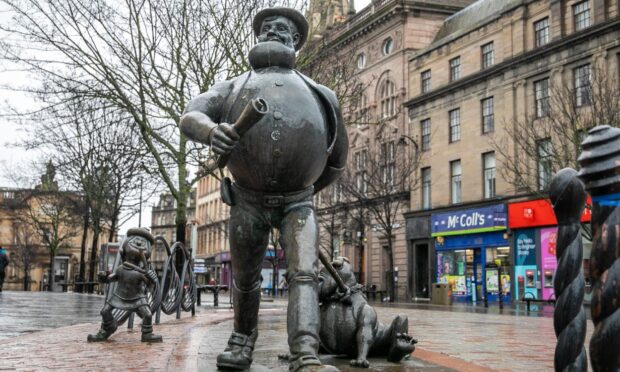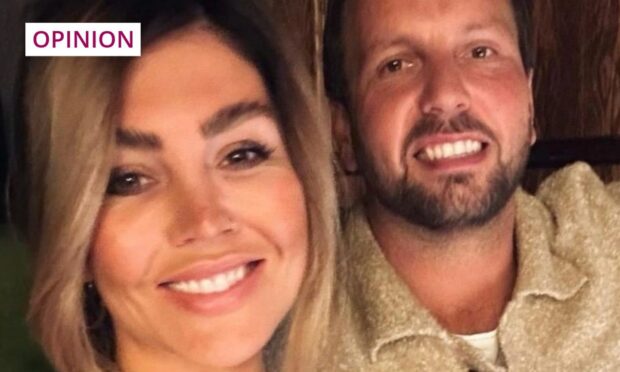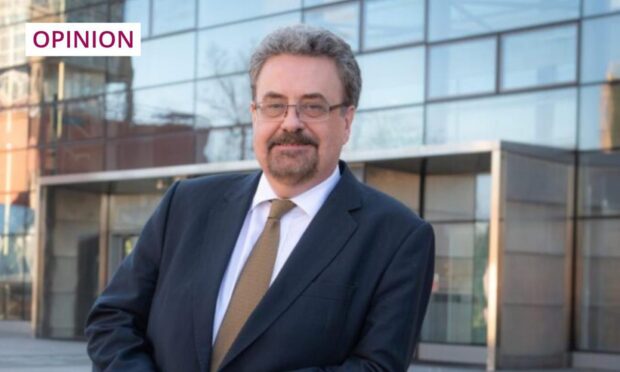It is impossible to have anything but sympathy with Linda McDonald’s position that life for killers should mean life.
Linda was out for a casual stroll in the woods near her house when, out of nowhere, she was subjected to the most brutal of attacks.
She had no idea who her assailant was, nor why she was being bludgeoned by a dumbbell.
And in that terrifying moment, she had no idea if she would ever see her family again.
She was left for dead as her coward of an attacker ran off.
That vile individual was Robbie McIntosh, a convicted killer jailed for the brutal murder of civil servant Anne Nicoll in 2002.
I happened to be working that night and was despatched to The Law after news of a major police presence at the city landmark started to filter out.
While forensic officers combed the scene, Nicoll’s nonchalant killer was tucking into a late night takeaway.
When McIntosh was brought to court and handed a mandatory life sentence for murder, what struck me was his ignorance and arrogance.
It was if he had swatted a fly.
There was no concept of the enormity of his actions and no obvious remorse.
His pity lay with himself, not with his victim.
His actions in attacking Linda McDonald more than a decade later show he learned nothing during his time in incarceration.
McIntosh has done little in his life to persuade me he is interested or capable of turning his life round and making a positive contribution to society.
Similarly, the killing of Angus oil worker Steven Donaldson last year was so horrific, so animalistic in its nature that I find it difficult to envisage the perpetrators ever walking the streets again.
However, Tasmin Glass – the woman whose ruthlessness and manipulative scheming was the foundation upon which Steven’s murder was constructed – could very well be released back into society within a handful of years.
I find that incredible and my heart goes out to anyone – or any family – whose lives have been marred by violence.
But, having said all of that, I still struggle with the concept of life for offenders really meaning life.
The thought of a person being so inherently evil that it is impossible to envisage a time that they can ever taste freedom again is difficult to swallow.
Perhaps I am naïve.
But I believe that everyone has in them the ability to change.
That might take decades of intense reflection and rehabilitation behind bars to achieve, but ruling it out altogether at the outset seems perverse to me.
Anyone who takes a life or attempts to do so must be severely punished by the courts. No ifs, no buts.
But once the punishment element of a sentence is complete, a progressive society should allow offenders who have engaged in restorative programmes and demonstrably changed their behaviour to have the opportunity of one day regaining their freedom.
Get in touch with your local office or send a letter to The Courier at letters@thecourier.co.uk


